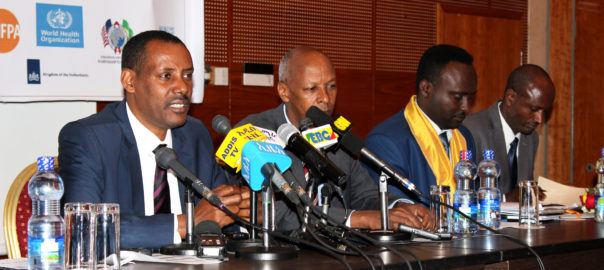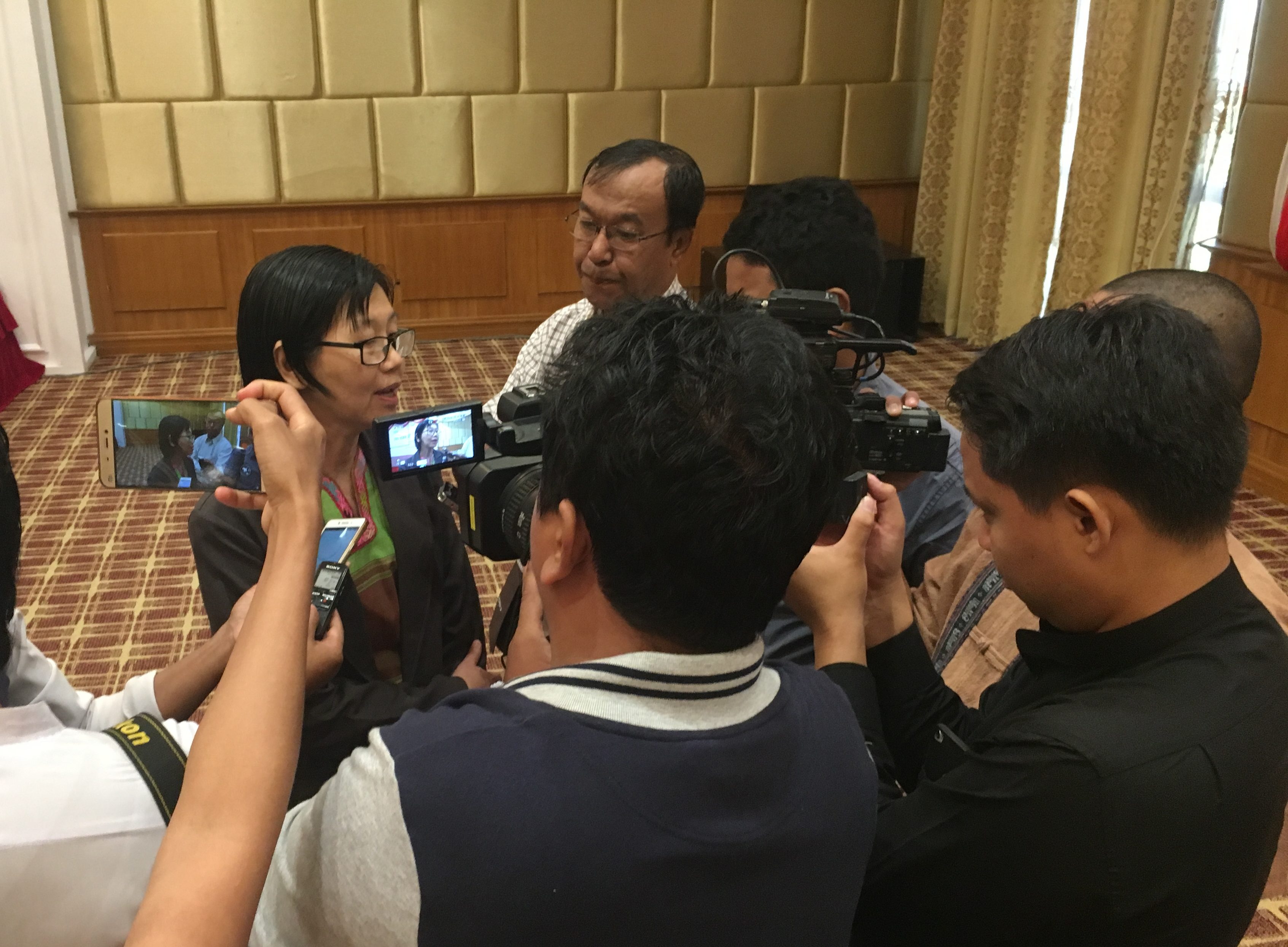DHS Data in the News

Journalists worldwide use DHS, MIS, and SPA surveys as source data for essential stories – stories about domestic violence, HIV prevention, and child survival. Coverage of these topics brings awareness to these critical issues and often prompts policy change.
 In any given month, DHS Program data are cited in hundreds of print, television, radio, and digital media across the world. While we can’t possibly review and share every example of accurate DHS data coverage in the news, we do highlight some of the best examples in The DHS Program’s News Room. The results from India’s 2015-16 National Family Health Survey have been featured in India’s biggest newspapers, and topics range from anemia prevalence to child marriage. A recent article from the Midrand Report in South Africa cites condom use data from the 2016 South Africa Demographic and Health Survey as an argument for voluntary male circumcision, and a Ghana News Agency article highlights adolescents’ needs for reproductive health services.
In any given month, DHS Program data are cited in hundreds of print, television, radio, and digital media across the world. While we can’t possibly review and share every example of accurate DHS data coverage in the news, we do highlight some of the best examples in The DHS Program’s News Room. The results from India’s 2015-16 National Family Health Survey have been featured in India’s biggest newspapers, and topics range from anemia prevalence to child marriage. A recent article from the Midrand Report in South Africa cites condom use data from the 2016 South Africa Demographic and Health Survey as an argument for voluntary male circumcision, and a Ghana News Agency article highlights adolescents’ needs for reproductive health services.
Using data from a reputable source like a DHS survey adds credibility and context to journalistic reporting. But covering topics such as mortality, fertility, and disease prevalence is not simple, and journalists often struggle to interpret DHS survey results and write about demographic and health data in language that is accessible for their audiences. Following a survey’s national release, The DHS Program’s dissemination team facilitates a workshop to educate journalists on reading and understanding DHS tables, accessing comparable data, and using data in reporting. Learn more about these media trainings in this reflections piece on a Journalist Workshop in Togo.
 The DHS Program also has user-friendly tools, such as STATcompiler and the mobile app that allow journalists to verify the accuracy of DHS data used in their reporting. In addition to featuring news that accurately cites DHS data, we have a Journalists’ Guide to the Demographic and Health Surveys, available in both English and French. This guide provides tips on how journalists can properly use DHS data in their stories.
The DHS Program also has user-friendly tools, such as STATcompiler and the mobile app that allow journalists to verify the accuracy of DHS data used in their reporting. In addition to featuring news that accurately cites DHS data, we have a Journalists’ Guide to the Demographic and Health Surveys, available in both English and French. This guide provides tips on how journalists can properly use DHS data in their stories.
Connect with us on Facebook, Twitter, LinkedIn, or email press@dhsprogram.com to share your accurate news story with DHS data for a chance to be featured in The DHS Program’s News Room.
Photo credits: 1) Officials from the Ethiopia Ministry of Health and Central Statistics Agency answer questions at the 2016 Ethiopia DHS National Seminar press conference © 2017, ICF; 2) Dr. Thet Thet Mu of the Myanmar Ministry of Health and Sports responds to questions from the press at the launch of the 2015-16 Myanmar DHS. © 2017, ICF

